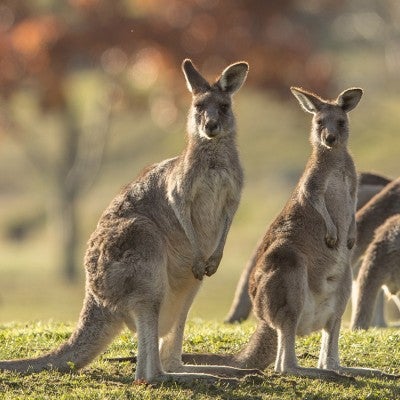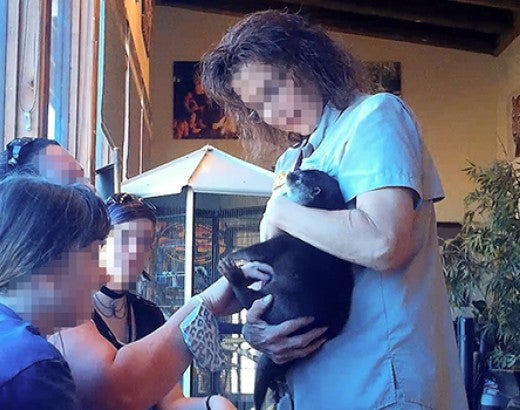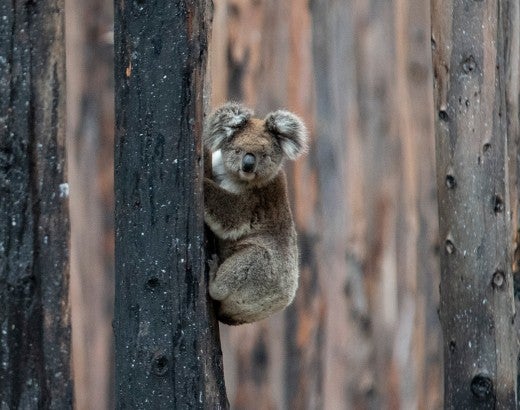But despite their status as one of Australia’s most iconic wildlife species, kangaroos aren’t universally appreciated. Millions are slaughtered each year for their skins and meat; others fall victim to trophy hunters, the exotic animal trade or ranchers who see them as competition for forage.
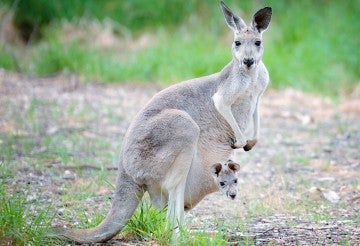
The four species of kangaroos (along with their smaller cousins the wallaroo and wallaby) are native only to Australia and the nearby island of New Guinea. Global warming is increasing the risk of devastating bushfires that lay waste to Australia’s wildlife and their habitats.
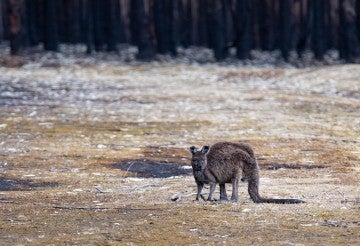
Baby kangaroos (known as “joeys”) are born premature, after just 31-35 days, and complete their development while residing in their mothers’ pouch. At around nine months, they’ll start to emerge from that safe space and explore the outside world while still relying on mom for food and protection for many more months.
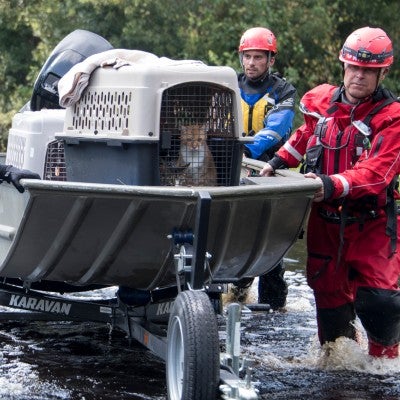
We never know where disasters will strike or when animals may be in need of urgent rescue, but we know we must be ready. Your support makes our preparedness, rescue, care and relief work possible.
